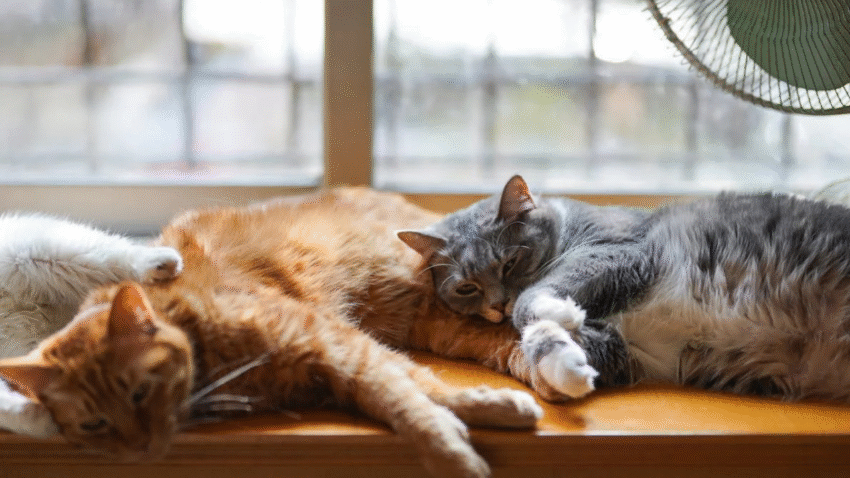Introduction
Is your kitten or adult cat getting too rough during play? Teaching your cat to play gently with humans is key to avoiding scratched hands and building a respectful, loving bond. In this guide, you’ll learn step-by-step how to encourage soft, safe play behavior using positive techniques and simple routines that work at any age.
Why Gentle Play Matters for Cats
Cats are natural hunters, and their play often mimics chasing and pouncing. While this is healthy and necessary, it can become problematic if directed toward your hands or feet. Teaching your cat to play gently helps prevent unintentional injuries, reinforces boundaries, and builds a foundation of trust between you and your feline friend. Gentle play also creates a safer environment for families with children or seniors.
Step-by-Step Guide to Teaching Gentle Play
1. Set Clear Boundaries Early
- From the first day, never allow biting or scratching of your hands, even in fun.
- Always use toys as the “target” for play—never your fingers or toes.
- Gently withdraw your hand if your cat gets too rough and redirect with a toy.
2. Use Toys, Not Hands
- Feather wands, string toys, and plush mice are ideal tools to keep distance during play.
- Always have a toy on hand when initiating play so your cat learns what’s acceptable to bite or chase.
3. Stop Play Immediately if It Turns Rough
- If your cat bites, claws, or becomes aggressive, stop all interaction for 10–15 seconds.
- Walk away or turn your back without saying anything. This mimics how another cat might respond.
- Resume play only when your cat is calm.
4. Reward Gentle Behavior
- Praise or give a small treat when your cat plays without using claws or teeth.
- Use calm, affectionate tones to reinforce the behavior you want.
- Over time, your cat will associate gentle play with rewards and affection.
5. Use Short, Structured Sessions
- Keep play sessions between 5–15 minutes to avoid overstimulation.
- End each session on a positive note by letting your cat “catch” the toy.
- A tired cat is a calm cat—regular play reduces aggression caused by pent-up energy.
6. Redirect Aggression
- If your cat bites during petting or play, immediately redirect to a toy or scratch post.
- Never punish physically—this can damage trust and worsen behavior.
- Instead, offer a more appropriate outlet for natural hunting and pouncing instincts.
Common Mistakes to Avoid
1. Playing with Bare Hands
Using your hands or feet as toys teaches cats that biting humans is okay. Always use toys designed for cats.
2. Encouraging Rough Play Early
Letting kittens nibble or claw your hands may seem cute, but it leads to bad habits in adulthood. Start teaching gentle play from the beginning.
3. Ignoring Overstimulation Signs
If your cat’s tail starts twitching, ears go back, or pupils dilate, it’s time to pause play. These are signs your cat is getting too wound up.
4. Punishing with Force or Loud Reactions
Yelling or hitting teaches fear—not manners. Instead, calmly stop the interaction and give your cat space.
5. Inconsistent Boundaries
Everyone in the home should follow the same rules for gentle play. Mixed messages confuse your cat and slow progress.
Extra Tips & Recommendations
- Clicker Training: Click and treat when your cat plays gently. Over time, they’ll associate the click with good behavior and rewards.
- Use Calming Products: If your cat is naturally high-energy or anxious, pheromone diffusers or calming treats may help.
- Schedule Daily Playtime: Structured play reduces random pouncing or biting. Set consistent times each day.
- Watch Their Body Language: Learn your cat’s cues for “I’m done” and respect them. Pushing past their limits invites aggression.
Conclusion
Teaching your cat to play gently with humans takes time, consistency, and patience—but the results are worth it. By using toys instead of hands, setting clear boundaries, and rewarding gentle behavior, you can build a safer and more trusting relationship with your feline companion.
Keep play fun and respectful—your hands will thank you, and your cat will thrive!
